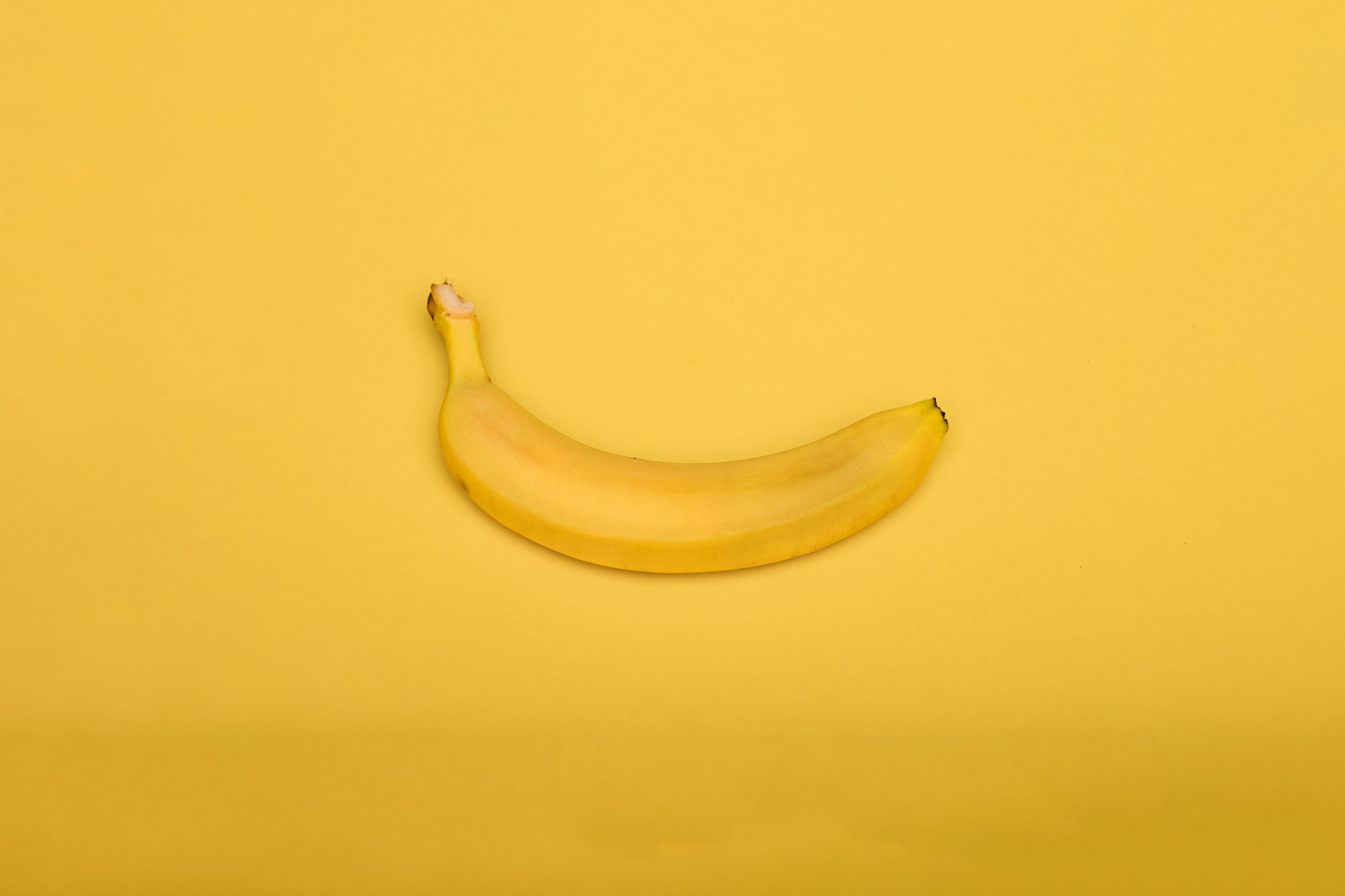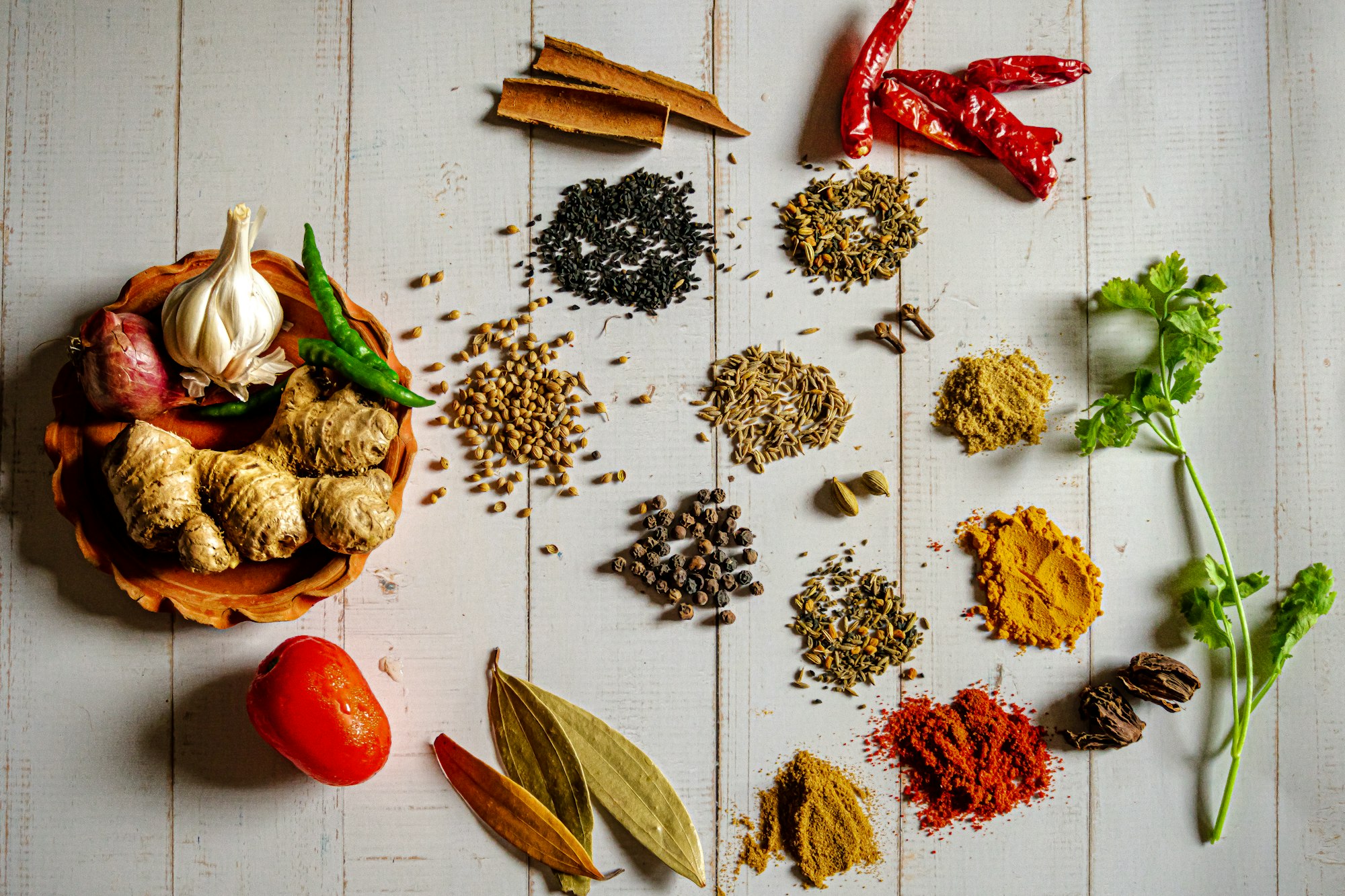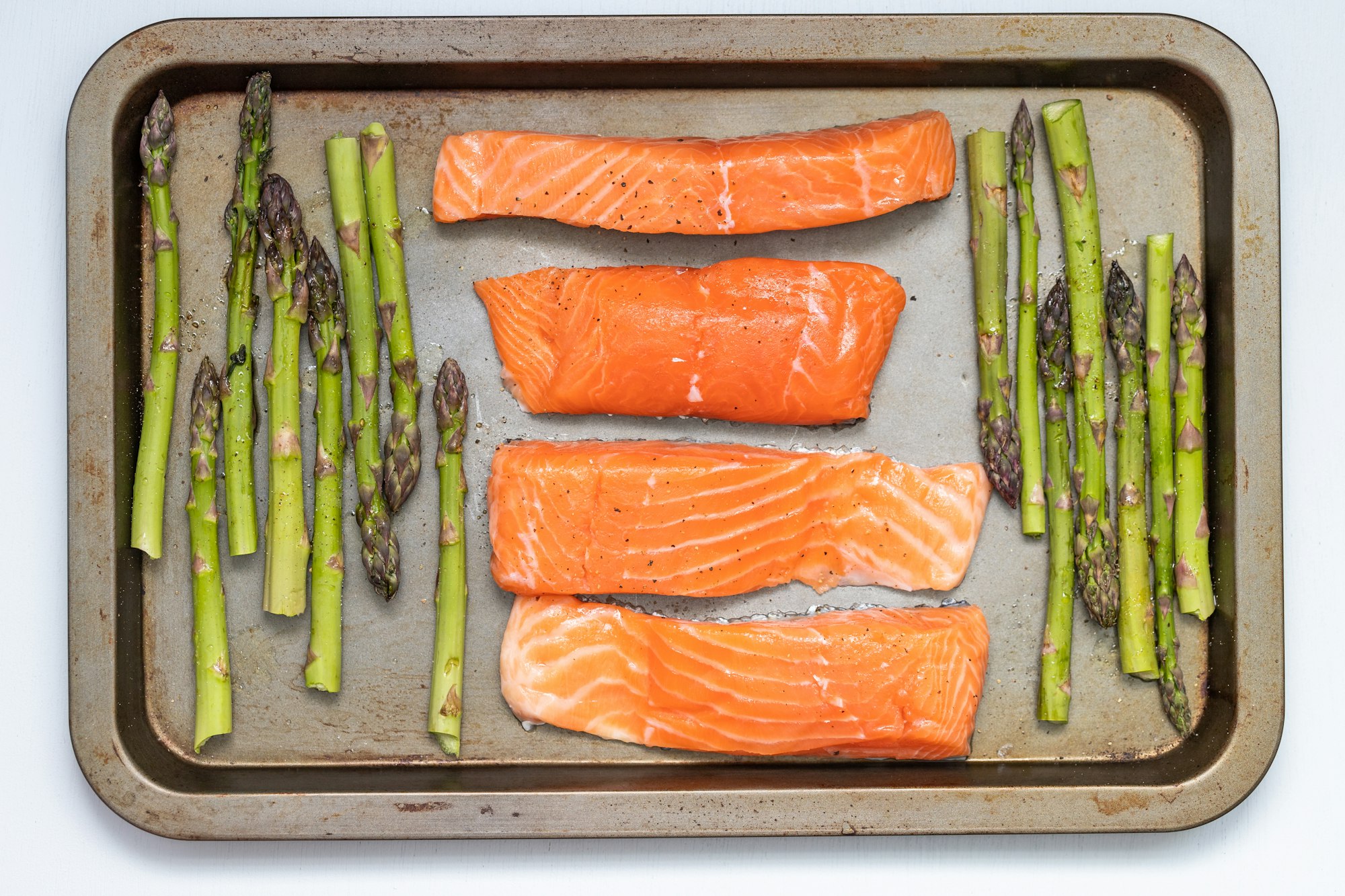Lower your blood pressure with food
Let me help you lower your high blood pressure, lifestyle changes can really help!

Hypertension (high blood pressure)
High blood pressure is a common condition especially in elderly people, and can increase the risk of heart disease and stroke. While medication can be effective in controlling blood pressure, lifestyle changes such as dietary changes can also be helpful. Here are some science-based nutritional tips that can help with hypertension.
Reduce sodium & increase potassium
- High sodium intake is associated with an increased risk of hypertension. We should aim for less than 1,500 milligrams of sodium per day. We can achieve this by avoiding processed foods and adding less salt to our meals.
- Potassium can help counteract the effects of sodium on blood pressure. We should aim for at least 3,500 milligrams of potassium per day. Good sources of potassium include fruits and vegetables, such as bananas, sweet potatoes, spinach, and avocados.
Follow a healthy diet for you heart
The DASH (Dietary Approaches to Stop Hypertension) diet is a heart-healthy diet that has been shown to reduce blood pressure. The diet is rich in fruits, vegetables, whole grains, lean protein, and limits saturated and trans fats, red meat, and sugary drinks.
Limit alcohol intake
Drinking too much alcohol can raise blood pressure. Elderly people should limit alcohol intake.

How to make sure you reduce sodium and increase potassium
Reducing sodium intake to 1500 milligrams per day and increasing potassium intake to 3500 milligrams per day can be challenging, but it is possible with careful food choices and planning. Here are my tips:
Choose fresh, whole foods
Processed foods are often high in sodium, so choosing fresh, whole foods including fresh fruits and vegetables, whole grains, and lean proteins are all good options.
Avoid high-sodium condiments and sauces
Many condiments and sauces, such as ketchup, soy sauce, and salad dressings, are high in sodium. Make your own sauce and dressing and please avoid cubes, even the fancy ones.
Use herbs and spices instead of salt
Adding herbs and spices to meals not only can add flavour to your dishes but they will be beautiful to watch. Experiment with different herbs and spices to find new flavour combinations. Get creative.

Choose low-sodium snacks
Many snacks, such as chips and crackers, are high in sodium. Choosing low-sodium snacks, such as fresh fruit or raw vegetables with hummus, can really help reduce your sodium intake.
Eat potassium-rich foods
Foods that are high in potassium, such as bananas, sweet potatoes, spinach, and avocados, can help counteract the effects of sodium on blood pressure.

By making these changes to your diet and being mindful of sodium and potassium intake, it is possible to achieve the recommended daily targets and lower your high blood pressure. Remember that dietary changes take time and patience, so make small changes and gradually build on them. I would also recommend to exercise regularly.
